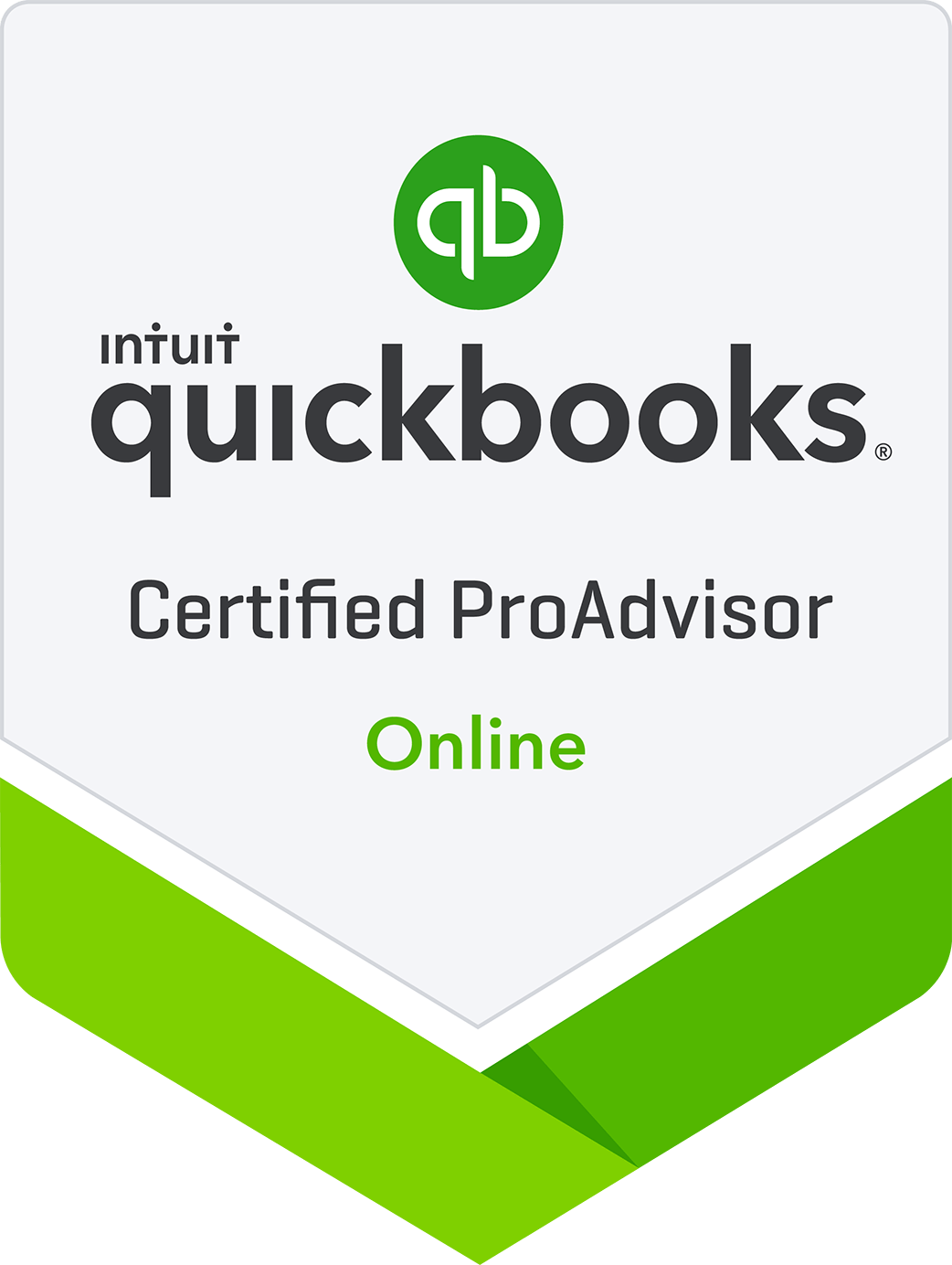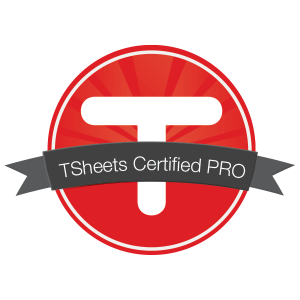When it comes to marketing, the company invoice might be the last thing you’d think about. But think again: it’s a great place to make every attempt to get paid faster and have your customer coming back for more services and products. Here are five fun easy-to-implement ideas to add to your invoices:
1. A Thank-You
A simple “Thank you for your business” or a “We appreciate your business” is a nice added touch on the bottom of every invoice.
QuickBooks invoices include a comment line where you can choose your comment or write one for yourself. You can also customize the form so that it appears on every invoice.
2. Your Current Special Offer
A customer that just purchased from you now trusts you; it’s the perfect time to let them know what else you have available that they could benefit from. Your offer could be a small amount off their invoice for referrals they send you, your monthly special, a sale item, or an item related to what they purchased.
Just add a quick text line to your invoice letting them know the special and where to call for more information. If you haven’t ever tried this, you will be surprised and delighted at the results.
3. A Prominent Due Date
Most invoices include terms, but you can make it even easier on your client by computing their specific due date. If at all possible, include the due date on your invoice so the customer can see clearly when they need to pay you.
Make the due date stand out, too. Bold it, print it in a different color, increase the font, or do all of the above. You want it to be really clear when that payment is due in your office.
4. A Payment Link
Can you take payments online? If so, include the web link that customers can use to pay you online. This might be to a shopping cart, PayPal®, or another online payment system. If it’s convenient for your client to pay, you’ll get paid faster.
5. A Friendly Warning for Overdue Invoices: “Does your mother know you haven’t paid this invoice?”
If all the above fails and the customer does not pay you by the invoice’s due date, you’ll want to have a process for re-sending the invoice and/or statement until the customer pays or until you’re ready to turn it over to a collections agency. Here are some sample sentences you can choose from:
“We hope you’ve just overlooked this bill and can send your payment right away.”
“We’re re-sending this invoice in case it got lost. Please send payment right away.”
“Could you check on the status of this payment for us? Our records show it’s past due.”
“Please contact us if you have questions or issues with this invoice. Payment is now past due; please remit immediately.”
“Hey, we need to pay the rent! Please send your payment as soon as possible.”
When the invoice gets older, sometimes it helps to add a little humor:
“Does your mother know you haven’t paid this invoice?”
Marketing to Get Paid
With these five low-cost ideas, you’re sort of “marketing” to get the payment sooner. They are easy to implement, cost very little, and will improve your cash flow. Try them and let us know how they are working.



 Want a free consultation with us? Give us a call or send us an email to claim your complimentary consulting session.
Want a free consultation with us? Give us a call or send us an email to claim your complimentary consulting session.




